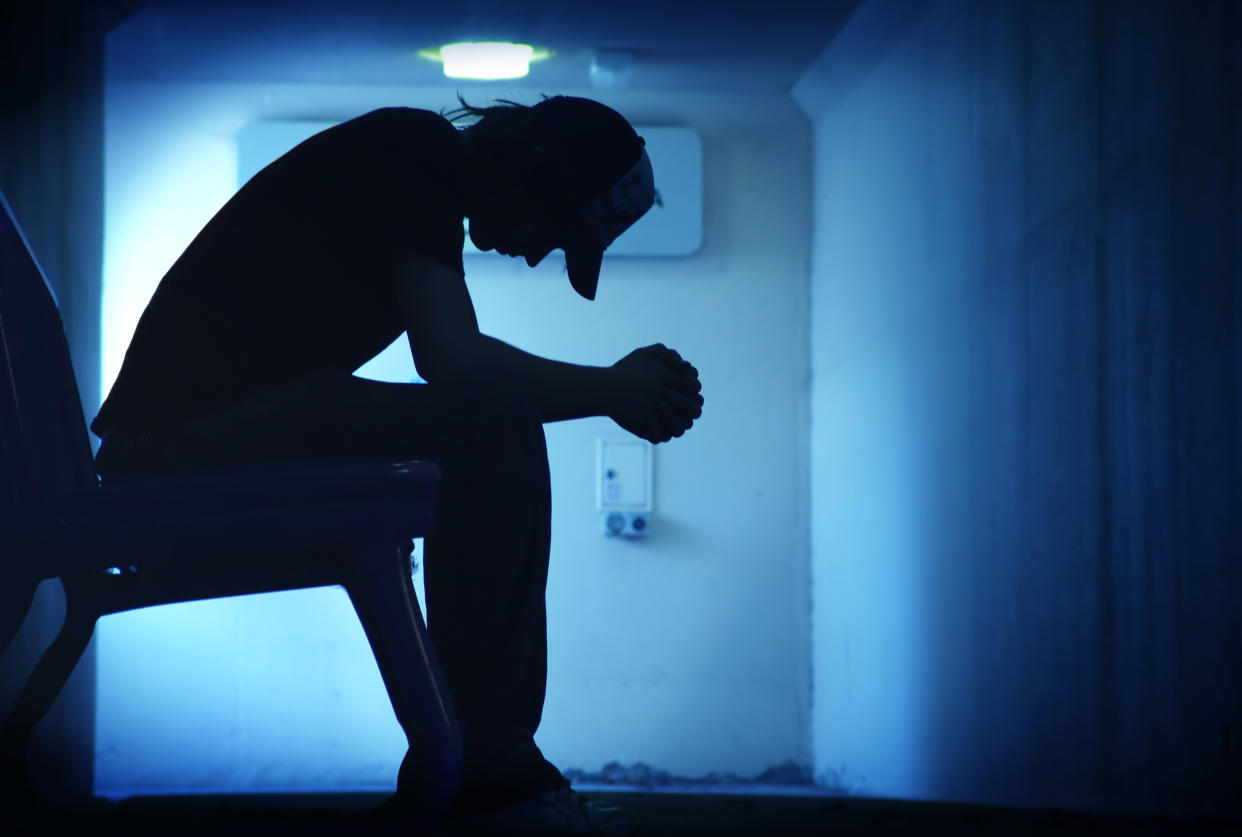COMMENT: Community needs to act as a shield in suicide prevention

By Dr Mythily Subramaniam
The theme for World Mental Health Day 2019 was Suicide Prevention. Its message – “A day for 40 seconds of action” – was based on the statistics from the World Health Organization that about 800,000 people kill themselves annually, which works out to one suicide every 40 seconds. The hashtag #40 seconds encourages people to take just 40 seconds to realise that suicide is a significant global problem, improve the knowledge of what can be done to prevent it, reduce the stigma associated with it, and be there for people who are distressed to let them know that they are not alone.
The statistics related to suicides are of great concern. Suicide is the 15th leading cause of death globally and accounts for 1.4 per cent of all deaths annually. The global suicide rate is about 11.4 per 100,000 population.
There is a significant gender gap in suicides, with most countries reporting higher suicides in men compared with women. And for every suicide, there are at least 25 people who have made an attempt. The iceberg phenomenon of suicide and self-harm suggests that very few cases of self-harm emerge in healthcare services for treatment, and the majority remain hidden in the community.
In Singapore, data on suicides – mainly generated by the Samaritans of Singapore (SOS) – shows that over the past few years, deaths caused by suicides ranged between 8 and 10 per 100,000 residents, more males than females had killed themselves and that suicide was a leading cause of death among young people.
Risk factors
Suicide is a multi-faceted and complex phenomenon that results from a convergence of risk factors including but not limited to genetic, psychological, social and cultural influences. Research suggests that mental illness (including abuse of substances), job loss, and relationship problems are some of the many factors leading to suicides.
Émile Durkheim, a French sociologist, was among the first to propose a social cause for suicides. He suggested in 1897 that suicides occur more often when people do not feel socially integrated where they feel detached and isolated from society. He asserted that the more socially connected a person is, the less likely he or she is to commit suicide.
Other authors have since similarly proposed that “thwarted belongingness” (an unmet need to belong, characterised by loneliness and the absence of caring relationships) leads to suicidal thoughts. Other researchers have also suggested the isolating and alienating effect of social media including cyberbullying as a factor associated with suicide.
Community-based intervention strategies
Suicide prevention strategies aimed at preventing suicide typically include public campaigns with simple messages about the preventability of suicides. It is, however, important that such messages incorporate evidence-based strategies into the campaign. Messages should not inadvertently exclude or stigmatise any group. Locally, SOS has run several campaigns over the years but the key challenges of campaigns, in general, are sustainability over time and that they need to resonate with different sections of the community – these require adequate and committed long-term funding.
Gatekeepers also can play a role. These are often individuals who in their usual routine come into contact with large numbers of members in the community. The training of gatekeepers, such as teachers, front-line staff in hospitals and religious leaders, in early detection of those in distress, especially those who are at risk of suicide, and their timely referral to relevant services has been found to be effective in various studies on suicide prevention.
Of note is a programme from Queensland, Australia called “Mates in Construction”, which provided gatekeeper training to construction worker volunteers or ‘connectors’. Participants rated the training as helpful and effective and the intervention resulted in increased calls to helplines from workers who were distressed.
Other strategies include school-based programmes that improve mental health literacy. Such short sessions are targeted at improving recognition of warning signs and encouraging help-seeking behaviours.
Apps can also act as suicide prevention resources for people who are feeling suicidal and help youths to reach out to friends in distress.
Much work needs to be done in the prevention domain in Singapore. Monitoring patterns of suicide and deliberate self-harm along with in-depth research into its possible causes is needed.
Intervention strategies overseas have proved to be effective and we must adapt them for local use. In this area, an important first step is the creation of the Inter-Agency Research Workgroup on Suicides in Youth chaired by Dr Daniel Fung, Chairman of the Medical Board of Institute of Mental Health, which involves multiple agencies.
No man is an island and we are all interconnected with our family, workplace, neighbourhood, and the wider community. So we have a responsibility to support each other, acknowledge the distress felt by others, and encourage them to seek help.
Dr Mythily Subramaniam is the Director of Research at the Institute of Mental Health. She is also the Associate Professor at the National University of Singapore’s Saw Swee Hock School of Public Health and at the Nanyang Technological University’s Lee Kong Chian School of Medicine.
Related stories
More efforts needed to prevent suicide in Singapore: experts
Please Stay: Bereaved Singaporean mothers launch anti-suicide initiative
'In a better place? But I want him here': Parents open up on anguish of losing a child
Grief, waste and 'Loss Adjustment': The journey of bereaved parent and author Linda Collins


